St Johns Well, Sutton-on-the-Forest
According to The Legendary Lore of the Holy Wells of England by Robert Charles Hope (1893), ‘About a mile from the nunnery*, at the corner of the wood called St. John’s Wood, was formerly an ancient building, consisting of a small dome of stone and brick over a spring, well known in the neighbourhood as "St.

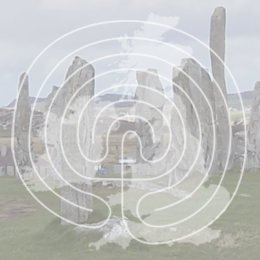
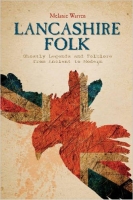
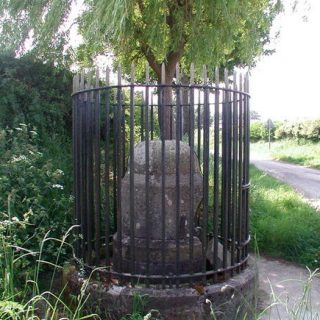
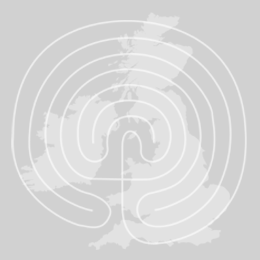
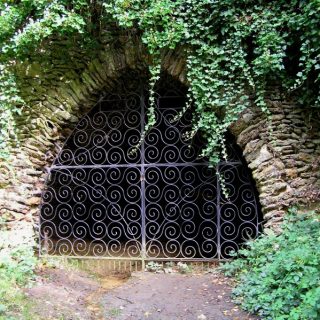
Recent Comments